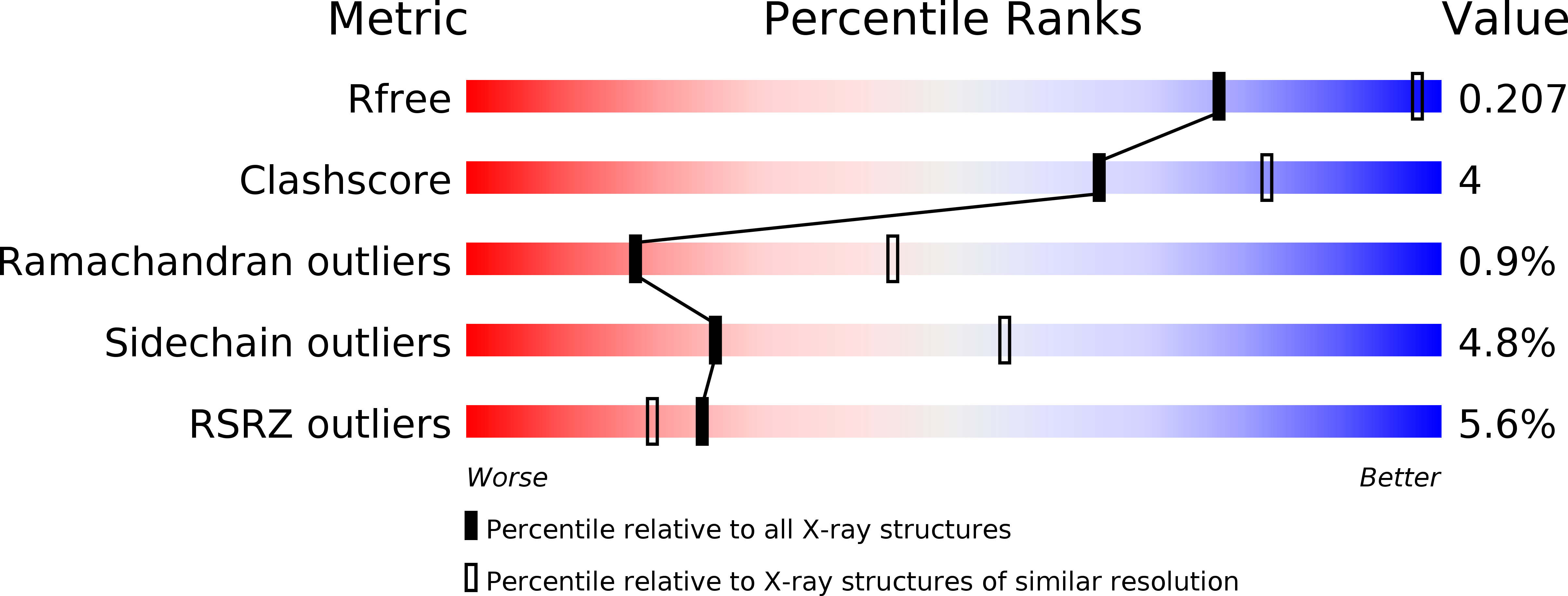
Deposition Date
2015-11-20
Release Date
2016-03-02
Last Version Date
2024-11-20
Entry Detail
PDB ID:
5EWJ
Keywords:
Title:
CRYSTAL STRUCTURE OF AMINO TERMINAL DOMAINS OF THE NMDA RECEPTOR SUBUNIT GLUN1 AND GLUN2B IN COMPLEX WITH IFENPRODIL
Biological Source:
Source Organism:
Xenopus laevis (Taxon ID: 8355)
Homo sapiens (Taxon ID: 9606)
Homo sapiens (Taxon ID: 9606)
Host Organism:
Method Details:
Experimental Method:
Resolution:
2.77 Å
R-Value Free:
0.21
R-Value Work:
0.17
R-Value Observed:
0.17
Space Group:
C 1 2 1


